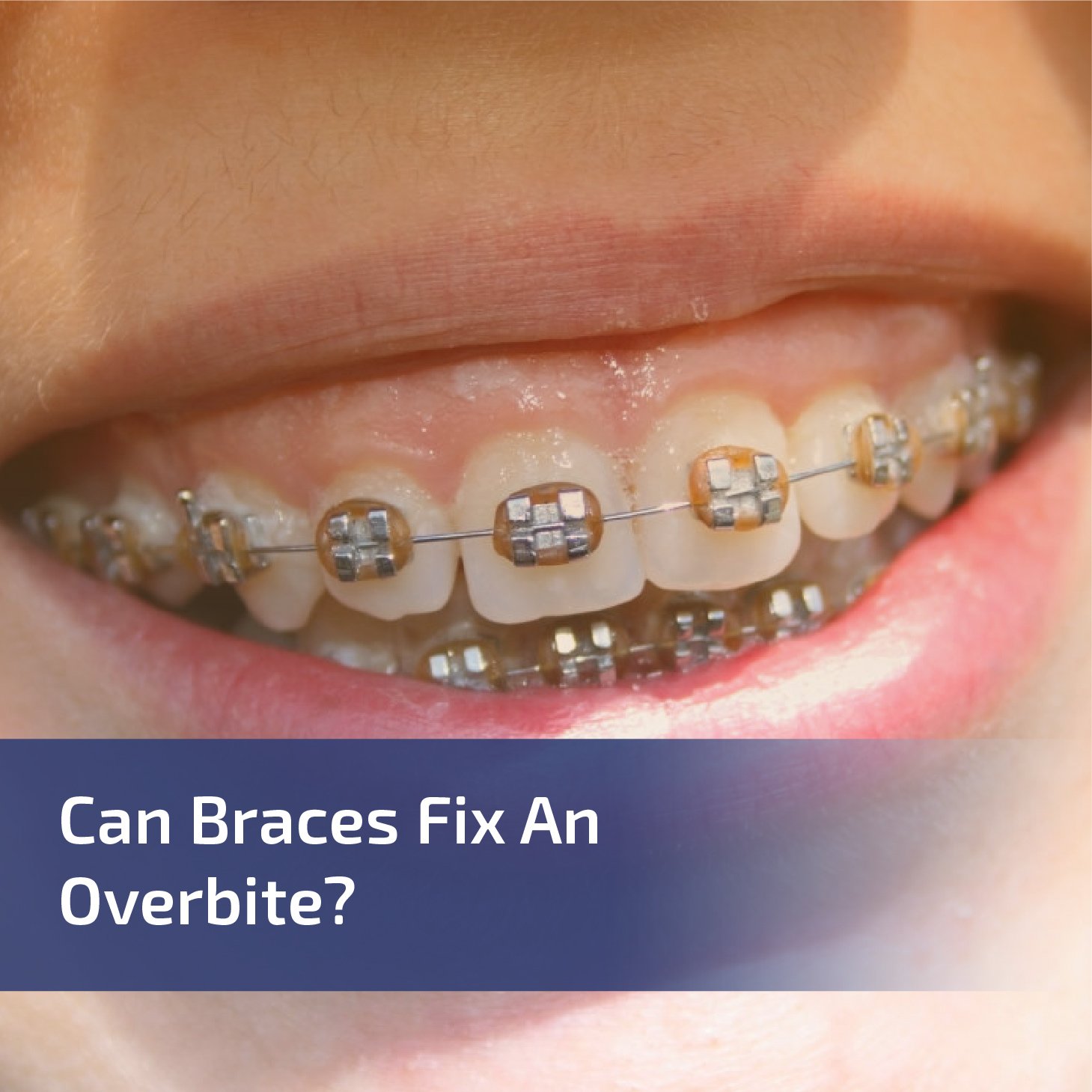
Braces have long been recognized as a reliable and effective orthodontic treatment option for various dental issues, including overbites. An overbite refers to a condition where the upper front teeth excessively overlap the lower front teeth when the mouth is closed. It can affect both the aesthetics of your smile and your overall dental health.
In this comprehensive article, we will explore the various aspects related to this topic. By the end, you will have a thorough understanding of the effectiveness of braces in treating overbites and the potential benefits they can offer.
Yes, braces can indeed fix an overbite. Braces work by exerting gentle and continuous pressure on the teeth and jaw, gradually shifting them into the desired position.
In the case of overbites, braces help to reposition the upper front teeth and align them properly with the lower front teeth, reducing the excessive overlap.
This process requires time and consistent orthodontic care, but the end result can be a significant improvement in the appearance and functionality of your smile.
How Do Braces Correct Overbites?
Braces consist of brackets, wires, and bands that work together to apply controlled pressure to the teeth. The brackets are bonded to the teeth, and the wires are threaded through them.
Over time, the orthodontist adjusts the wires to gradually guide the teeth into the correct alignment. In the case of overbites, the braces can be specifically designed to address the misalignment of the upper and lower teeth, gradually moving them into a more harmonious position.
Duration of Treatment
The duration of treatment for fixing an overbite with braces can vary depending on the severity of the case.
In general, it can range from several months to a few years. The orthodontist will assess your specific condition and provide you with a treatment plan tailored to your needs.
It’s important to follow the orthodontist’s instructions diligently and attend regular appointments to ensure the treatment progresses smoothly and efficiently.
Additional Orthodontic Appliances
In some cases, additional orthodontic appliances may be recommended alongside braces to enhance the correction of an overbite. One such appliance is a palate expander, which helps widen the upper jaw to create more space for the teeth to align properly.
Headgear may also be utilized to modify the growth of the jaw and correct any skeletal discrepancies. Your orthodontist will determine if any supplementary appliances are necessary based on your individual needs.
Considerations and Potential Limitations for Overbite Correction with Braces
1. Situations Where Braces Alone May Not Suffice
Concerns:
- Severe skeletal discrepancies.
- Underlying jawbone structure or growth patterns.
Implications:
- Braces primarily correct dental misalignments. Some skeletal issues may remain unaddressed.
- The need for a comprehensive orthodontic evaluation to determine the nature and severity of the overbite.
Recommendations:
- Consideration of combined orthopedic and orthodontic treatments.
- Close monitoring of growth and development in younger patients.
2. Potential Need for Surgical Interventions in Extreme Cases
Concerns:
- Severe misalignment cannot be corrected with braces or orthopedic devices alone.
- Overbites that are a result of disproportionate jaw sizes or positions.
Implications:
- Surgical orthodontics (orthognathic surgery) may be required to reposition the jaws.
- Longer treatment duration and increased complexity.
Recommendations:
- Detailed consultations with both an orthodontist and oral and maxillofacial surgeon.
- Understanding the risks, benefits, and outcomes of surgical interventions.
3. Age Considerations: Treating Overbites in Children vs. Adults
Concerns:
- Children’s jaws are still growing, offering the potential for guided growth correction.
- Adult bone structures are set, which can limit treatment options.
Implications:
- Earlier interventions in children might prevent the need for more invasive treatments later on.
- Adults may face longer treatment durations or the need for combined therapies.
Recommendations:
- Early orthodontic evaluations, typically by age 7, to identify and address potential issues.
- Adult patients should have thorough consultations to set realistic expectations and understand treatment timelines.
Post-treatment Care After Overbite Correction
Proper post-treatment care is crucial to maintain the achieved results and ensure the health of the teeth and gums. Here’s a general guide to post-treatment care after overbite correction:
1. Wear Your Retainer:
Fixed Retainers: Some patients may have fixed retainers glued behind their teeth to keep them in place.
Removable Retainers: You’ll usually need to wear these full-time for a few months post-treatment, after which nighttime wear might suffice. Follow your orthodontist’s instructions.
2. Oral Hygiene:
Brushing: Brush your teeth at least twice a day using a fluoride toothpaste. Consider using an electric toothbrush for a more thorough cleaning.
Flossing: Floss daily to remove any debris between teeth.
Mouthwash: Use an antimicrobial or fluoride mouthwash if recommended.
3. Avoid Hard or Sticky Foods:
For a while after getting braces off or undergoing surgery, your teeth might be sensitive. Avoid foods that can damage or dislodge your retainer or harm your teeth.
4. Regular Dental Checkups:
Continue to see your general dentist every 6 months for professional cleanings and check-ups.
5. Avoid Teeth Grinding:
If you have a habit of grinding your teeth, discuss solutions with your dentist or orthodontist. They might recommend a nightguard.
6. Avoid Smoking:
Smoking can delay healing and increase the risk of complications.
Conclusion
Braces can indeed fix an overbite by gradually shifting the teeth and jaw into the desired alignment. They are a reliable and effective orthodontic treatment option that can improve both the aesthetics of your smile and your overall dental health. With advancements in orthodontic technology, there are various options available, such as traditional braces, Invisalign, and other alternatives, catering to different needs and preferences. If you have an overbite, consult with an orthodontist to determine the most suitable treatment plan for you. Remember, investing in orthodontic treatment can lead to a lifetime of confidence and a healthy smile.